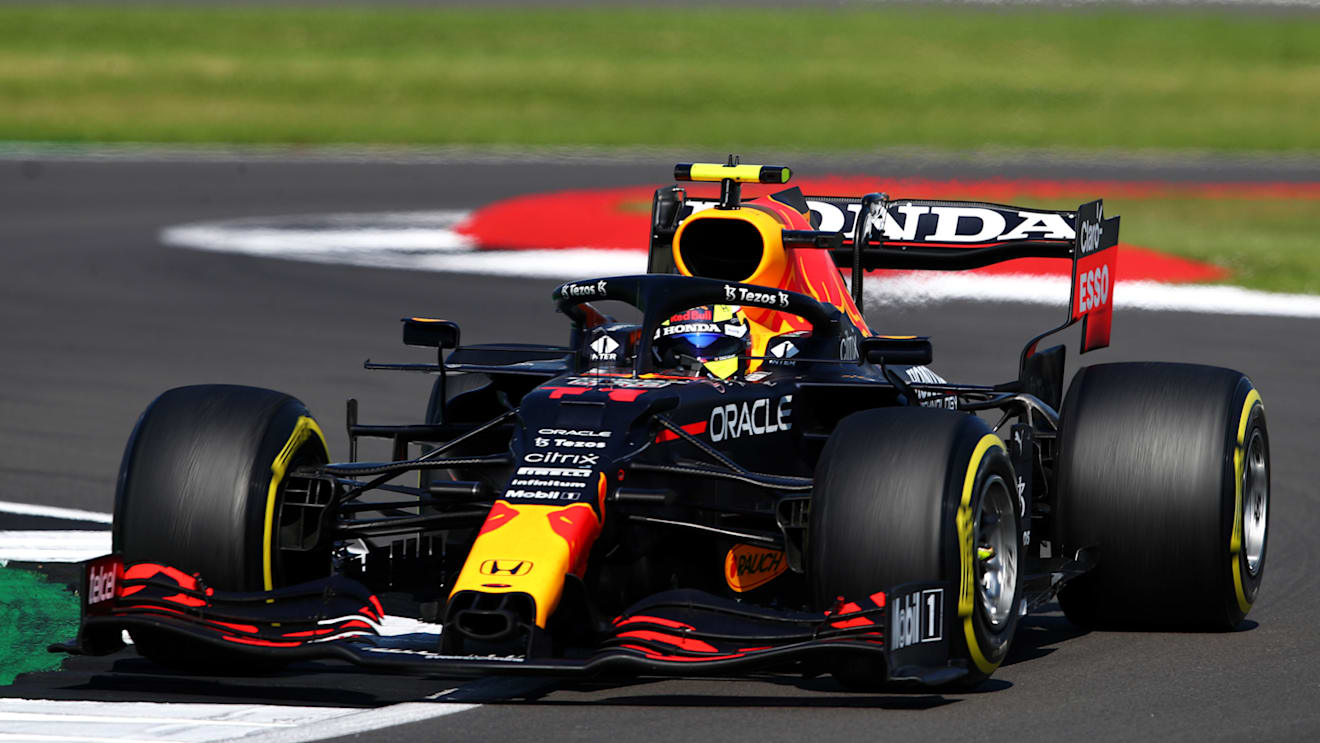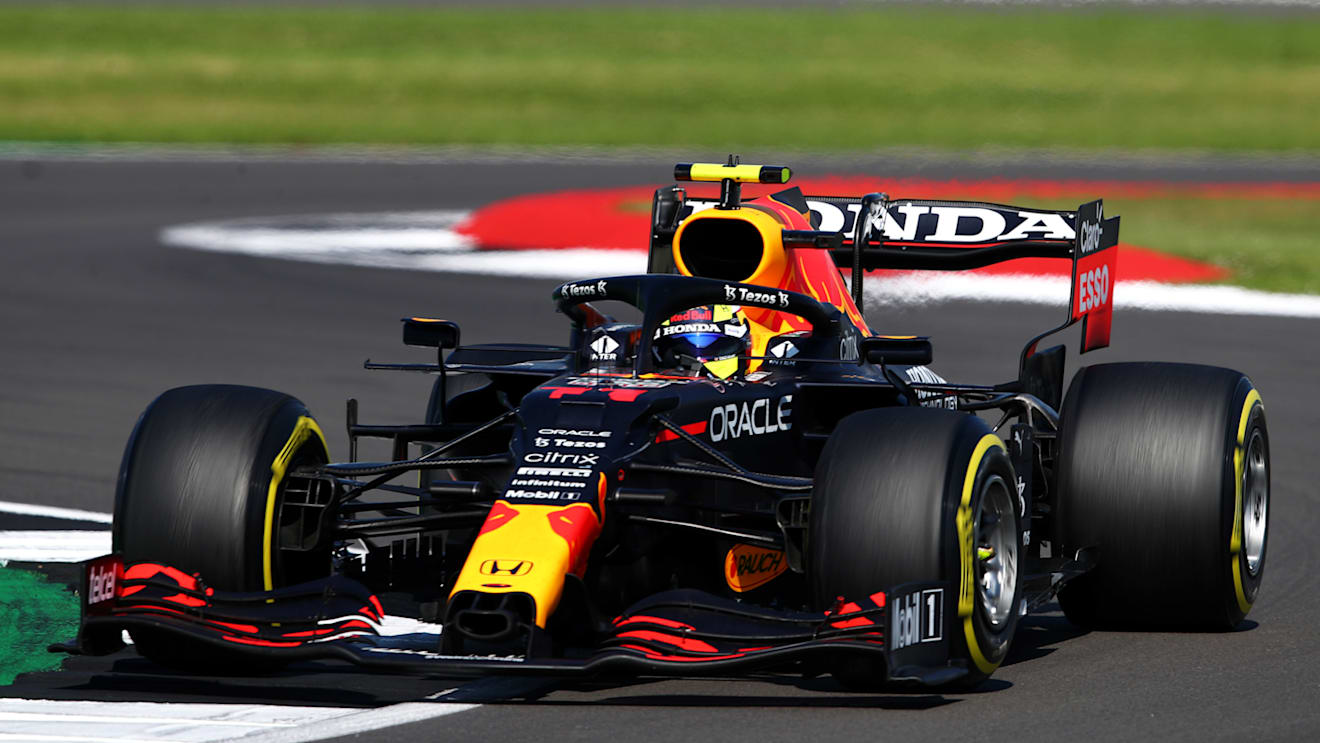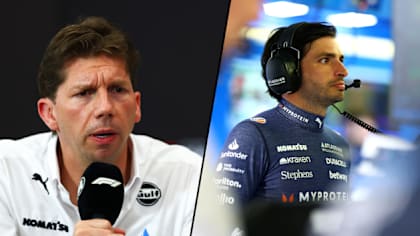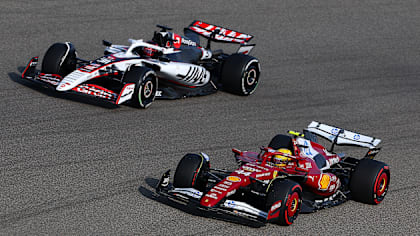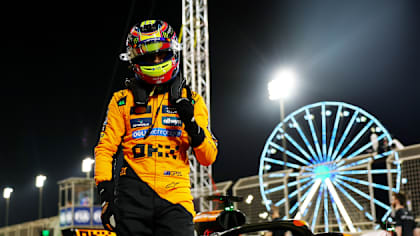
Technical
The Red Bull design details that will have Mercedes worried ahead of the Hungarian GP

Share

Mark Hughes explains why, despite Lewis Hamilton’s British Grand Prix victory for Mercedes, Red Bull have the fastest car heading to Hungary – with technical illustrations from Giorgio Piola.
What was generally lost amid the controversy created by the Max Verstappen-Lewis Hamilton British Grand Prix collision is that Red Bull can lay now genuine claim to have the fastest car on every type of circuit. Although Hamilton won after Verstappen crashed out, the previous day’s Sprint – won comfortably by Verstappen – showed the true comparison.
HIGHLIGHTS: All the action from the first-ever F1 Sprint
The high-speed sweeps of Silverstone represented a strong Mercedes opportunity to counter Red Bull in that it’s a track where aero efficiency rather than raw downforce tends to be the most valuable trait, given that many of the key bends such as Abbey, Copse and Maggots are now comfortably flat in qualifying for all the cars.
Because these corners no longer test the downforce ceilings of the cars, straight-line speed becomes more important than usual. As such, Mercedes trimmed their car out with quite a shallow version of their Baku wing and were the quickest at the end of the straights, as confirmed by the trap on Hangar Straight just before Stowe.
1 / 2
But Red Bull went in the other direction. Although they also chose their Baku-type rear wing, that is a higher-downforce wing than the Mercedes, with a substantially enhanced and more draggy underside.
In addition to this, extra Gurney flaps were added to the trailing edges of the wing – across the full width on Sergio Perez’s car and across only the central part of Verstappen’s (comparison above). These will have enhanced downforce but added some drag.
TECH TUESDAY: Mercedes' last big 2021 upgrade that helped Hamilton to Silverstone victory
As a result of these choices, the straight-line performance comparison between the two cars was the exact opposite of Austria. In qualifying, at Silverstone, Verstappen’s Red Bull was slowest of all through the speed trap, 10km/h slower than Hamilton’s Mercedes. Yet despite this, the Red Bull was generally faster over the lap. Its downforce advantage was allowing it to enter the straights faster.
The time taken to get from the beginning of the straight to the end of it is the crucial point and at Silverstone there was very little difference between the two cars in that measurement, despite the big difference in top speed.

Car Performance graph showing Mercedes' deficit to Red Bull on Austria's straights (top) and their advantage over Red Bull on Silverstone's straights (bottom)
The different approaches between the two teams chosen for Austria and Silverstone reflect the very different aerodynamic maps of the two cars. For the Silverstone layout Mercedes could not afford to add downforce, as it would have made them slower over the lap. The Red Bull was able to generate enough extra downforce through the slow and medium-speed corners that it was entering the straights fast enough to not lose down the straights all of what it had gained in the corners.
Since their raft of upgrades in the two Austria races, the Red Bull’s slow-corner performance is particularly strong. For Silverstone, there was a further floor development on Verstappen’s car.
Small triple-plane deflectors appeared on the floor edge, placed transversely, ahead of the rear wheel. This is an unconventional feature, not previously seen on other cars, and it follows from the introduction at the previous race of the new ‘shark-tooth’ diffuser which was all about increasing the ride height at which the diffuser remained effective.
It’s likely that this latest floor tweak is connected to that as the aero team will have quickly re-optimised things around the gains found from the diffuser.

Giorgio Piola's illustration showing triple-plane deflectors on the RB16B's floor edge at Silverstone
There are three distinct mini-wing profiles, but their alignment, at 90-degrees to the car’s travel, suggests it is less about adding direct downforce from the winglets themselves and more about manipulating the pressures at the edge of the underfloor.
Since the 2021 ban on louvres and slots in the floor edge teams have been finding other ways of maintaining the vortices which run along the edge of the underfloor, effectively sealing the floor so that the central part of it can be subject to a greater degree of negative pressure and thereby be pulled harder into the track.
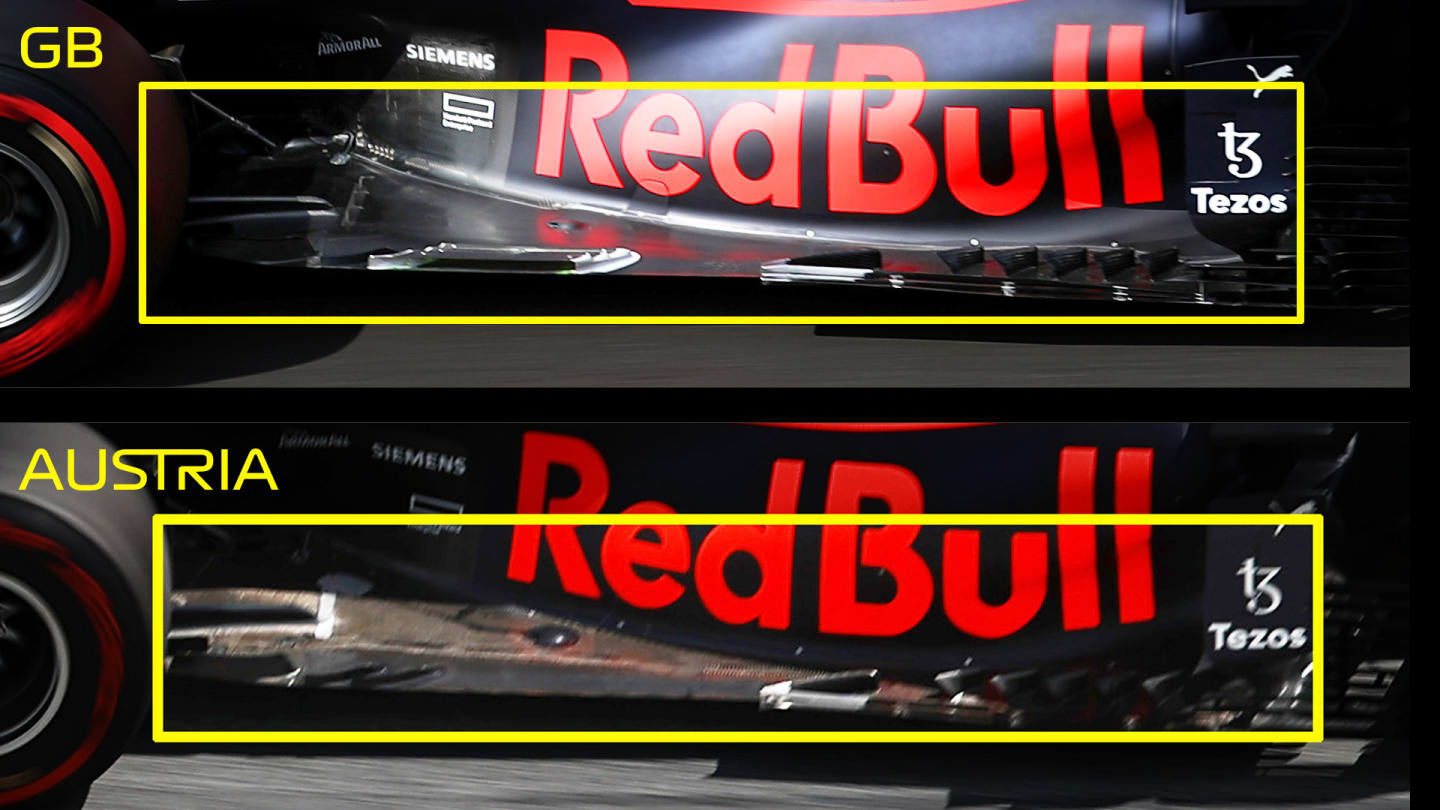
Comparison of Red Bull's floors in GB (top) and Austria (bottom) showing the new design they brought to Silverstone
With the greater degree of rake made feasible by the airflow around the new diffuser it may have been that the floor edge vortices at that rearward part of the floor were struggling to remain energised at the upper reaches of that ride height, when the car is travelling at its slowest. These winglets may be the solution to that.
For the Hungaroring the challenge becomes all about how much downforce can be loaded onto the car and less about the trade-off between downforce and straight-line speed. That is very much Red Bull territory. Mercedes will be concerned, given that even at Silverstone where there was some trade-off to be made, the Red Bull was still quicker.
YOU MIGHT ALSO LIKE
News Vowles feels Williams getting ‘more than I paid for’ from Sainz as he cites where he’s been ‘very impressed’

Video HIGHLIGHTS: Catch the FP3 action from Bahrain as Piastri completes McLaren’s practice clean sweep
Live Blog AS IT HAPPENED: Follow all the action from final practice for the Bahrain Grand Prix
Report Piastri beats Russell and Leclerc to pole position during Bahrain Grand Prix Qualifying

